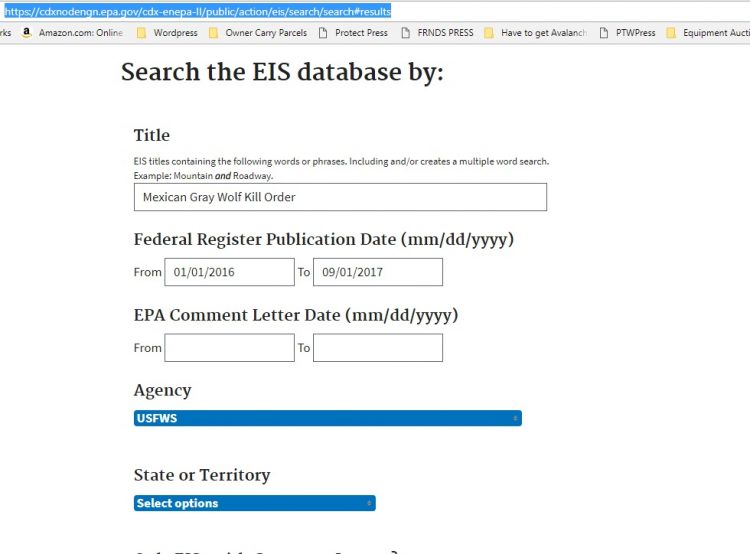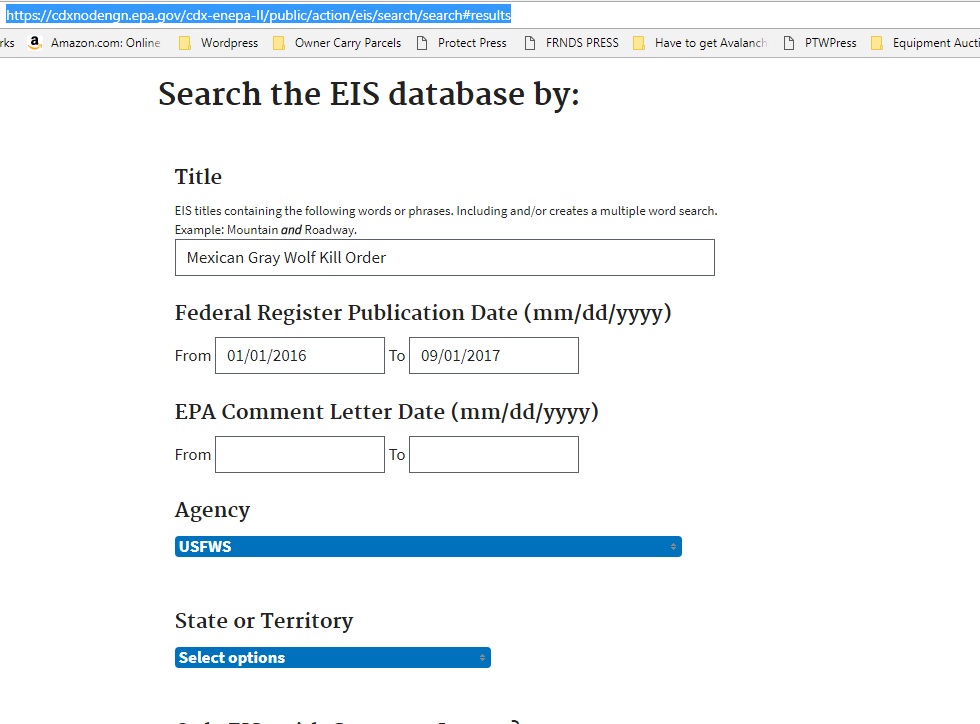
Building Our Case under the Indian and Public Trusts
We know that it is the BIAs Responsibility to help us…. Now it is time to call on them to fight crooked state Wolf Managers like Martorello and Brown, States like Wa, Id, Wy, Or, MT……
BIA Mission Statement
The Bureau of Indian Affairs’ mission is to enhance the quality of life, to promote economic opportunity, and to carry out the responsibility to protect and improve the trust assets of American Indians, Indian tribes and Alaska Natives.
Protect The Wolves™ will be calling on the BIA to exercise their responsibility throughout our Research , but not just for Wolves, it will be all things that are held sacred to the Indigenous.
Recently We inquired of the Field Supervisor out of the Phoenix Office in Arizona, if they had done a current NEPA study prior to issuing the Slaughter of the Endangered Mexican Gray Wolf in Arizona. Steve Spangle could not or chose not to answer, but then referred us to the USFWS Wolf Program Manager Sherry Barrett. Whom we have left 3 voice mails for to ask these and other very pointed Questions.
We have searched the EPA NEPA database, and can find not current study done prior to issuing the kill order. See image below:

The above incident along with the way our State Wildlife managers have treated the Trust Resources, being both Indian as well as Public have caused us to work even harder and faster to research what rights we have available under these Trusts.
We have discovered that states do not hold the actual sole power to administer the Indian and Public Trust Resources. We have discovered that it is mandated upon them to enforce and protect all trust resources, but it appears that the Federal Government has power over all states when it comes to our Resources which technically comes from the Constitution. Which we will dig into for you in Part 3.
New USFWS Policy shows us that they must protect our Tribal and Public Resources for the benefit of the Public… We have taken some excerpts out of the new Policy which are shown below with links to the source.
If tribal governments and the Services still have different views regarding the affect of the ESA upon tribal rights, what really has been accomplished by this Secretarial Order?
The long-standing legal disagreement regarding the application of the ESA to treaty rights has often created a barrier to closer cooperation between the Federal government and tribes on endangered species conservation. By agreeing to set aside their legal differences and focus on the mutual goals of maintaining and restoring healthy ecosystems and promoting species conservation, the Services and tribal governments have forged a new conservation partnership that will ultimately benefit both endangered trust resources and the exercise of treaty rights
Isn’t there an inherent conflict between the Services’ trust responsibility to the tribes and their statutory responsibility to administer the ESA?
As trustees, the Services are obligated to ensure that tribal trust resources and tribal lands are protected to the maximum extent practicable within the law. Some of those same trust resources may be afforded protection under the ESA. Thus, the Services view their responsibilities under the ESA to restore and conserve endangered species as supportive of, and consistent with, their responsibilities as trustees to Indian people.
What is the Federal trust responsibility to Indian tribes?
The Federal government maintains a special trust relationship with Indian tribes pursuant to treaties, statutes, Executive Orders, judicial decisions and other legal instruments. Inherent in this relationship is an enforceable fiduciary responsibility to Indian tribes to protect their lands and resources, unless otherwise unencumbered through mutual agreement.
Does this Order authorize the “direct take” of listed species by Indian tribes?
No. the Order does not override the statutory provisions of the Act, including the prohibition against direct take. Whenever a situation arises that may raise the possible issue of direct take, a government-to-government consultation will occur to ascertain the appropriate action to take given the statutory mission of the Departments, the Federal trust responsibility and the role of sovereignty.
Under what circumstances will the “incidental” take of listed species be allowed?
A series of Supreme Court decisions in the 1960’s and 1970’s established a 5-prong test that needed to be satisfied before state conservation measures could be applied to restrict treaty hunting and fishing rights. Eventually known as the “5 conservation necessity principles”, this 5-prong test was adopted as Federal policy for applying incidental take restrictions under the ESA to tribal treaty rights and was cited in the settlement of U.S. v. Oregon, 699 F.Supp. 1456 (1988). The Secretarial Order restates this Federal enforcement policy as applied to incidental take of listed species. Accordingly, an analysis and determination must be made that all the following standards have been met: (i) the restriction is reasonable and necessary for conservation of the species at issue; (ii) the conservation purpose of the restriction cannot be achieved by reasonable regulation of non-Indian activities; (iii) the measure is the least restrictive alternative available to achieve the required conservation purpose; (iv) the restriction does not discriminate against Indian activities, either as stated or applied; and, (v) voluntary tribal measures are not adequate to achieve the necessary conservation purpose. Therefore, conservation restrictions may be imposed on Indian tribes only when all 5 standards have been met
In soliciting the tribes for information in the various ESA processes, mention is made of “traditional knowledge.” To what extent will this traditional knowledge be used in developing recommendations, plans of action, or opinions that should be based on the best scientific evidence available?
The use of the best scientific evidence available does not preclude the consideration of other factors that would shed light on the scientific evidence at hand. For instance, the scientific data available might refer generally to a particular behavior pattern of a species. Traditional knowledge might inform the Services on the times, seasons, conditions, etc., of such behavior pattern which has been observed since time immemorial by an Indian tribe. The Services would find this information useful in evaluating their scientific evidence.
citing FWS own Documents
Tribal Trust Resources:
The term “tribal trust resources” means those natural resources, either on or off Indian lands, retained by, or reserved by or for Indian tribes through treaties, statutes, judicial decisions, and executive orders, which are protected by a fiduciary obligation on the part of the United States.
citing FWS own Documents
Stay Tuned for Part 3 of Building Our Case under the Indian and Public Trusts
